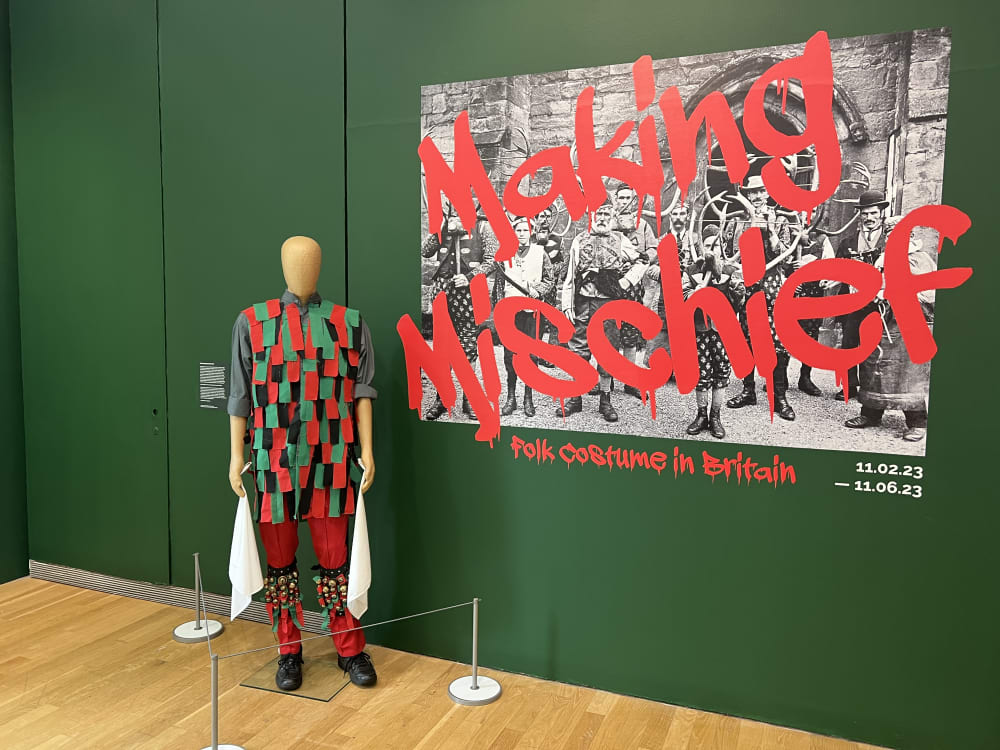
Making Mischief: Folk Costume in Britain
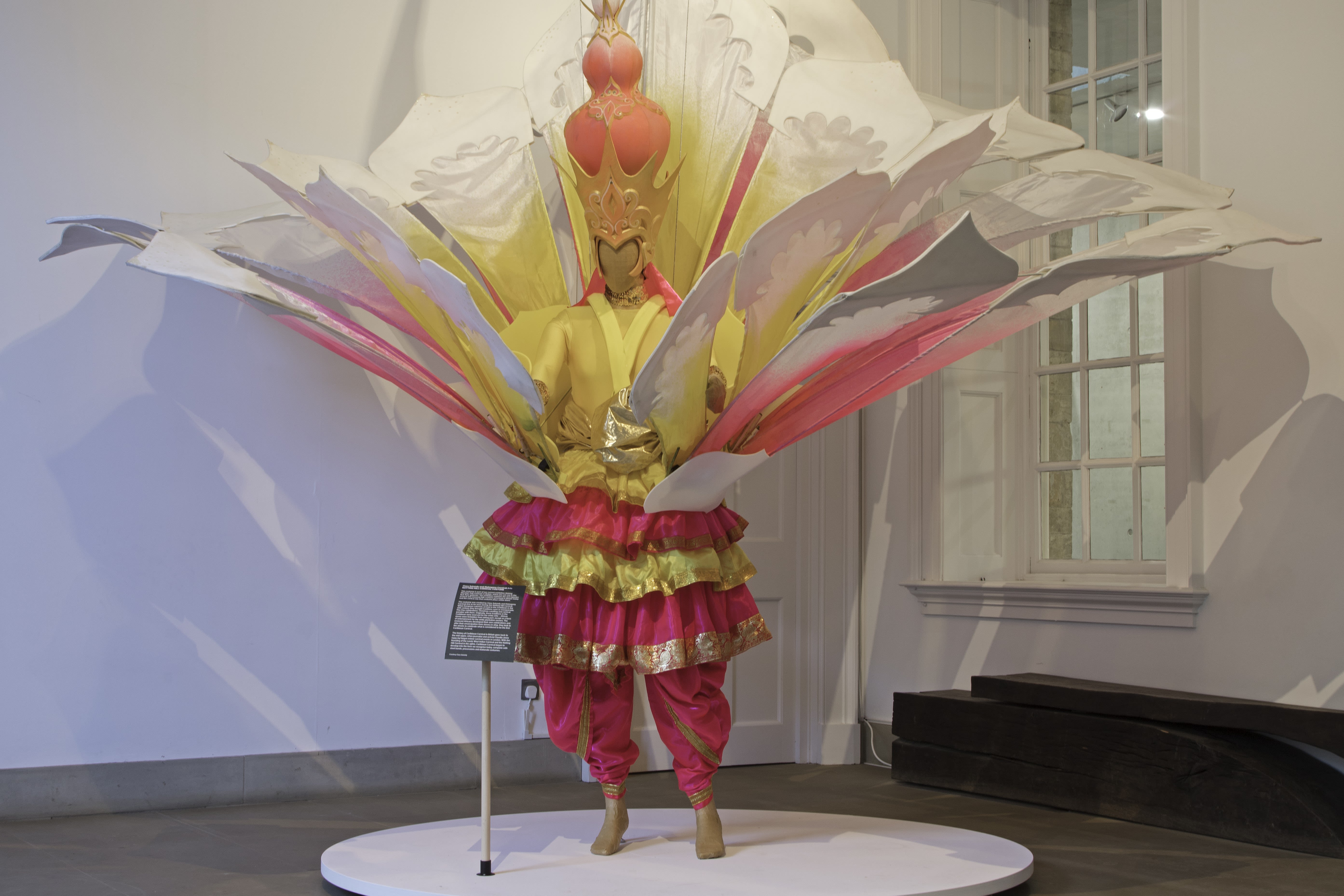
- Written byCentre for Fashion Curation
- Published date 02 March 2023

'Making Mischief: Folk Costume in Britain' is the first exhibition at the Compton Verney Art Gallery in Warwickshire dedicated to the rich tapestry of folk customs found in the UK today. The exhibition showcases over 40 costumes created, customised, and worn by individual practitioners, exploring the central role played by costume in local and seasonal folk customs. Many of the costumes have never been exhibited before.
The exhibition challenges preconceptions about folk customs being fixed and nostalgic while celebrating grassroots traditions. It highlights evolving practices such as the rise of all-female Morris groups and the inclusion of LGBTQ+ performers in customs like the Hastings Jack in the Green. The exhibition also traces the origins of folk costume in Britain across several centuries, using loans from the Museum of British Folklore, the English Folk Dance and Song Society (EFDSS), and the English Folk Costume Archive alongside works from Compton Verney’s collection. It further showcases how strong concerns for and connections with the environment and natural world are across these very different communities.
Rag Morris, Bristol Olympic kit

Festival of the Horse, Orkney
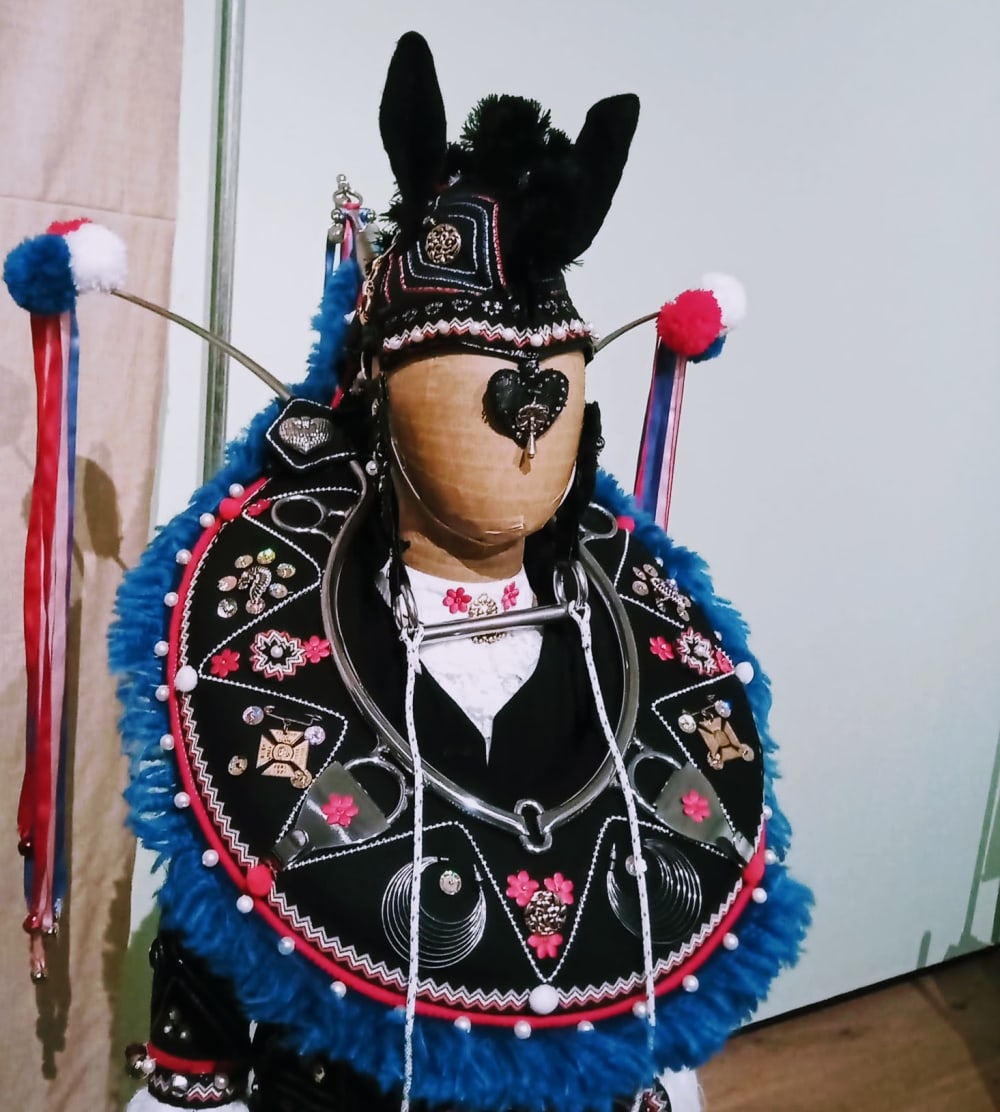
Curated by Simon Costin and Mellany Robinson of the Museum of British Folklore, and Professor Amy de la Haye, Rootstein Hopkins Chair of Dress History & Curatorship and Joint Director of the Research Centre for Fashion Curation at London College of Fashion, UAL, in collaboration with Compton Verney, the exhibition is generously supported by the National Lottery Heritage Fund. An ambitious public program of workshops, talks, and new commissions will accompany the exhibition. Plans are in development for future iterations of the project to come to other areas of the UK in the coming years.
We asked Simon and Mellany to tell us about the inspiration and themes behind the exhibition.
Minehead Traditional Sailor's Hobby Horse

What was your inspiration for this exhibition? What motivated you to co-curate it?
"The Museum of British Folklore had long held a dream to present an exhibition of British folk costume, as it had never been staged before anywhere. In 2013, the museum approached a national museum with the idea, but they didn't see the value of the costumes, claiming that "they were not very well made." It wasn't until we met Amy de la Haye in 2019 that we began to formulate another proposal. We had previously worked with Compton Verney, which has the only publicly-displayed collection of folk art in the UK, so it seemed like a natural fit. We then approached the National Lottery Heritage Fund (NLHF) as project partners and were successful in our bid. Perhaps even more importantly, NLHF's recognition of folk culture as part of Britain's heritage has really moved the conversation forward about the value of this material."
Beltane Fire costumes, Edinburgh
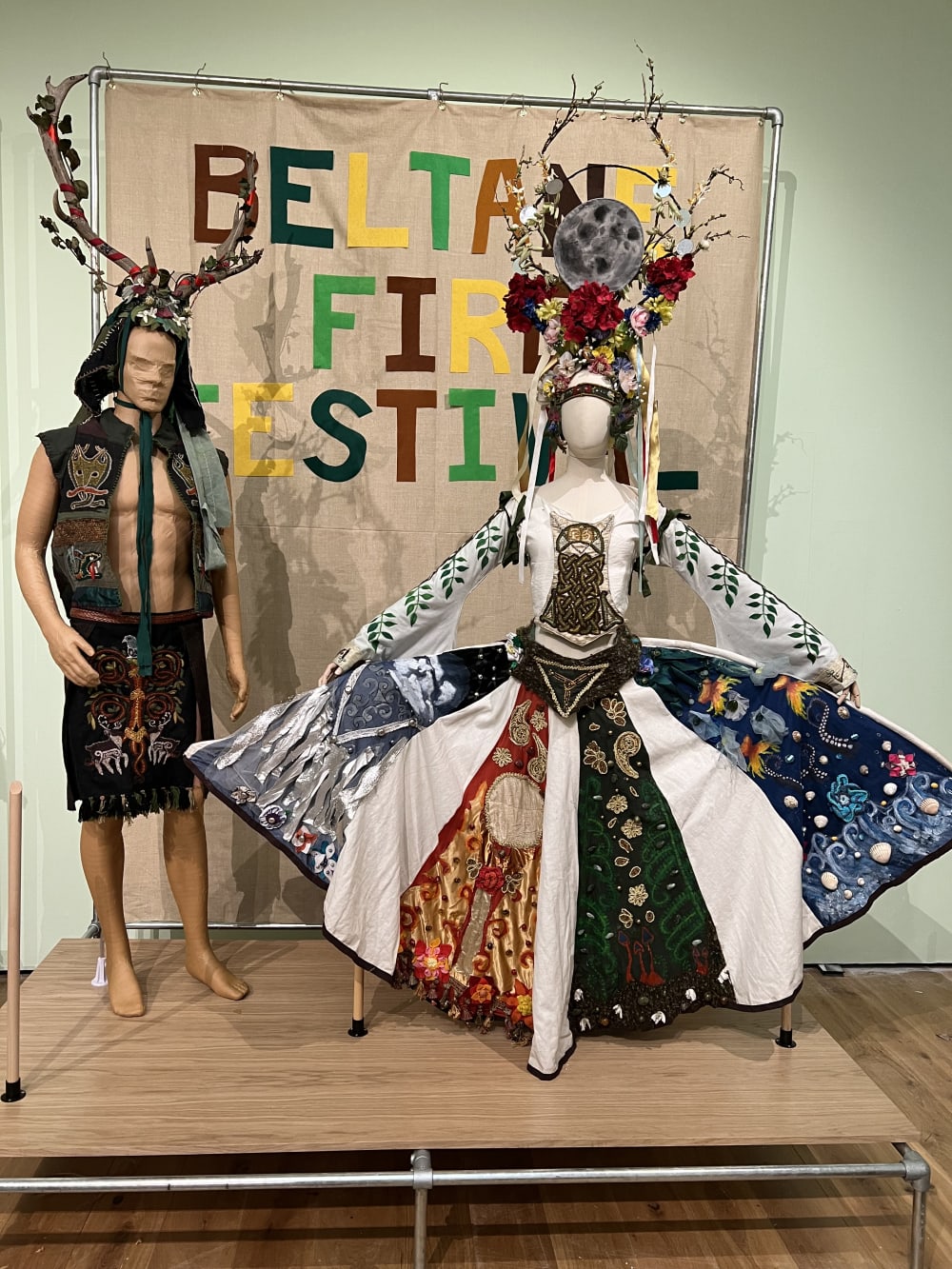
What do you hope visitors will take from the experience?
"Making Mischief features over 40 costumes, which only begin to represent Britain's vast range of seasonal customs. Through this exhibition, we aim to highlight the variety and scope of these traditions. The exhibit also challenges common assumptions about folk traditions, such as the belief that they are ancient and unchanging when, in fact, the majority of these practices were established no earlier than the late 19th century and continue to adapt to this day. For instance, we focus on the use of blackface in border morris and other customs, which is now discouraged due to its offensive and damaging nature. Today, the teams or "sides" simply paint their faces with different colours or designs to show how folk traditions remain responsive to contemporary life and open to change. We also explore the continued use of blackface in some areas, considering how it might contribute to feelings of exclusion and how it could be used as a starting point for dialogue. While folk culture is specific to certain regions, there are many shared elements among traditions worldwide."
Sleights Plough Stots Costume, Grenoside jackets
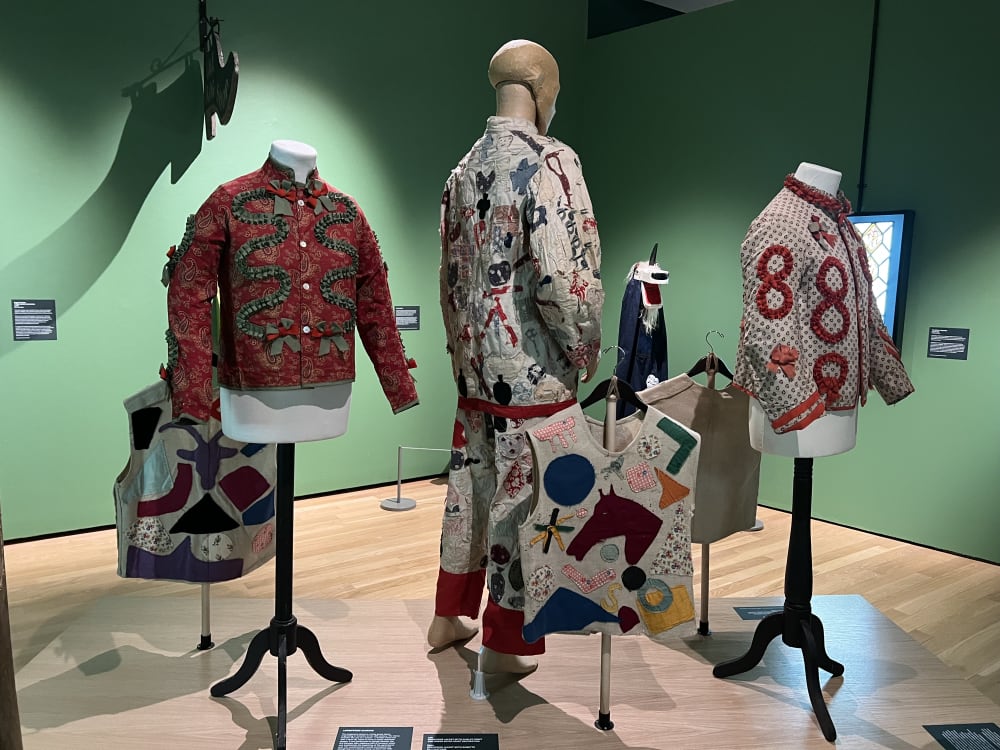
Can you tell us about your favourite look/artwork (etc) from the exhibition and what it represents?
"The Sleights Plough Stots outfit, which was loaned from EFDSS, has become a beloved favourite of ours. Although little is known about it, it is connected to longsword dancing in West Yorkshire. While the side no longer exists, the costume itself has been carefully crafted with a range of cut-out figures and animals. Traditionally, these motifs were used to represent the rural economy, creating a connection between the people and the land that remains relevant in our growing interest in local communities and the environment."
The exhibition is curated by Simon Costin and Mellany Robinson, of the Museum of British Folklore, and Professor Amy de la Haye, Rootstein Hopkins Chair of Dress History & Curatorship and Joint Director of the Research Centre for Fashion Curation at London College of Fashion, UAL, in collaboration with Compton Verney. The exhibition and an ambitious public programme of workshops, talks and new commissions are generously supported by the National Lottery Heritage Fund.
Plans are in development for future iterations of the project to come to other areas of the UK soon.
Notting Hill Carnival costume

What resources can you recommend for those who want to explore the topic further?
The historian Ronald Hutton's: 'Stations of the Sun' (2008) is a fascinating guide to seasonal customs.
See also -
- ‘Arcadia Britannica’ by Henry Bourne (2015)
- Making Mischief: Folk Costume in Britain, Compton Verney, Warwickshire until 11 June 2023.
- 'The English Year’ by Steve Roud (2008)
- ‘Mummers, Maypoles and Milkmaids, by Sara Hannant (2011)
- ‘Once a Year’ by Homer Sykes (2016)
Further reading about Britain's folk rituals can be read on the BBC website.